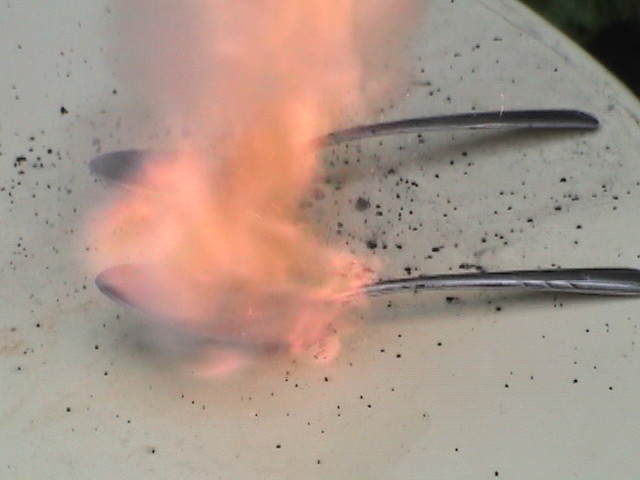Did you know that “proof” of alcohol content used to be proven with gunpowder?
The term proof probably originated in the 16th century. Soldiers had no tools to determine whether their rum was good quality, so they employed the use of gunpowder! They realized (quite ingeniously) that the gunpowder would only light if the level of alcohol content in the solution was 50% or more. Lower alcohol content and the gunpowder wouldn’t light. Higher content and it would light a bit too well! Here was 100% “proof” that the rum was just over 50% alcohol by volume(ABV).
This way of determining proof helped to establish the system we use now.
The gunpowder test was officially replaced in Europe in 1816. Specific hydrometer readings found that 100 proof whiskey was exactly 57.15% alcohol by volume. The standard way to translate ABV to proof was to multiply by 7/4 (or 1.75). Therefore, a 40% alcohol solution would translate to 70 proof. Every country was working out their own methods for determining proof. It was important to be able to accurately determine proof so taxes could be levied appropriately. The “11 to 10 method” (114 proof was 50% ABV) was standard in America until around 1848. America opted for alcohol percentage over the solution’s specific gravity. That old standard shows up in Old Granddad 114 today.
The use of proof on bottles is largely historic and not useful today. Around 1980, all of Europe had adopted the use of alcohol by volume(ABV) to record alcohol content. The United States also uses ABV and does not require the proof level on the bottles, though if it is used, it must be located close to the ABV on label. On bottles larger than 100ml, the printed ABV can vary only up to 0.15% from its true alcohol levels, giving allowance for loss of alcohol percentage during bottling. Describing a whiskey as over-proof or under-proof still means over or under 50% ABV.

